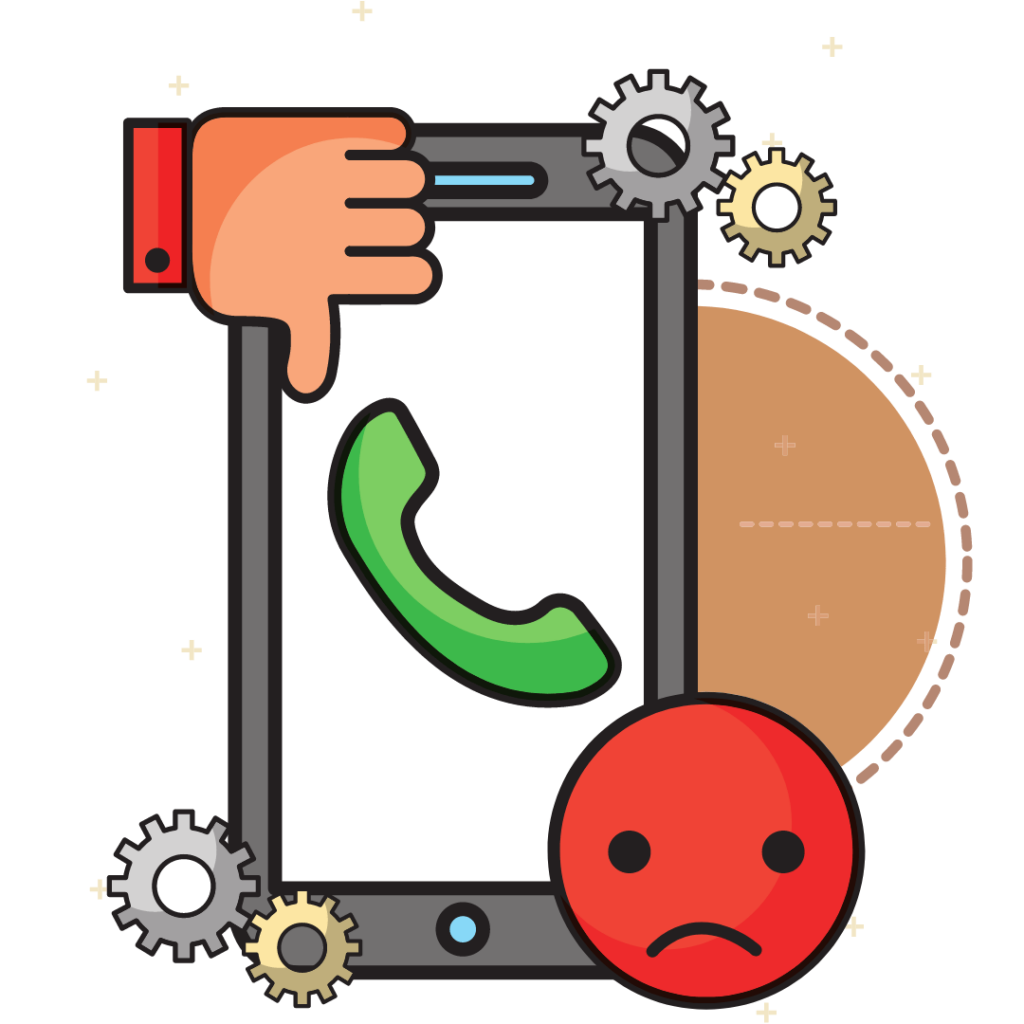In the dynamic landscape of the tech industry, Software as a Service (SaaS) startups emerge with promises of revolutionary solutions and disruptive innovations. However, a staggering 92% of these ventures find themselves facing failure within just three years of their inception. In this blog post, we delve into the intricacies of why SaaS startups, despite their initial enthusiasm and potential, often stumble on the road to success. Our focus will be on the critical tech-related factors that contribute to these failures, specifically honing in on issues related to scaling products.
Subpar Product Execution:
One of the primary reasons SaaS startups falter lies in subpar product execution. Many of these companies fall victim to the allure of continuous feature additions without a cohesive plan or a well-defined product vision. This results in a product that may boast a plethora of features but lacks the necessary structure and user-friendly design. Users can become overwhelmed and confused, ultimately leading to dissatisfaction and, consequently, a high churn rate.

To mitigate this risk, successful SaaS startups prioritize a well-thought-out product roadmap. This involves careful planning, user feedback analysis, and iterative development cycles. A robust product execution strategy ensures that every added feature aligns with the overall vision, providing a seamless and intuitive experience for users.
Case Study: Clinkle (2016) – $30M raised
Slow to Respond to Market Changes:
In the rapidly evolving tech landscape, market dynamics change swiftly, influenced by emerging technologies, shifting consumer preferences, and evolving business needs. SaaS startups that fail to identify and adapt to these changes find themselves at a significant disadvantage. This slow response to market shifts can lead to an outdated product offering that no longer meets the demands of users

To counteract this, successful SaaS ventures establish a dynamic feedback loop with their user base, closely monitor market trends, and maintain a culture of adaptability. Regularly revisiting and refining both the product and business models ensures that the startup stays ahead of the curve, responding promptly to emerging market opportunities and challenges.
Case Study: Hipchat & Yammer vs. Slack
Tech Scale Failing to Match Business Scale:
One of the most critical challenges faced by SaaS startups is the struggle to scale their technology infrastructure and development processes in tandem with business growth. As a startup gains traction and acquires more users, the demand on its technology stack increases exponentially. Failure to upscale infrastructure and development processes accordingly results in performance bottlenecks, downtimes, and an overall deterioration of user experience.

To address this issue, successful SaaS startups invest in scalable architecture from the outset. They build a foundation that can seamlessly expand to accommodate increased user loads and data volumes. Regular performance testing and optimization become integral components of their development processes, ensuring that the tech scale aligns with the growing needs of the business.
Case Study: ScaleFactor (2020) – $103M raised
Conclusion:
While the failure rate among SaaS startups may seem alarming, a closer inspection reveals that many of these failures are avoidable. By addressing issues related to subpar product execution, slow response to market changes, and inadequate tech scaling, SaaS startups can significantly enhance their chances of long-term success. It is imperative for these ventures to prioritize thoughtful planning, agility, and scalable infrastructure to navigate the challenges of the competitive SaaS landscape successfully.
